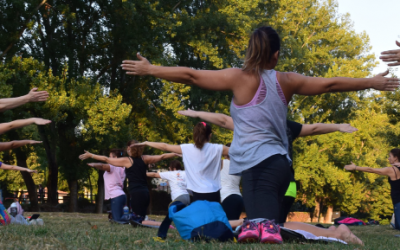Pantelis writes:
Sitting: The New Smoking?
The phrase “sitting is becoming the new smoking” has gained popularity recently as researchers have found that a sedentary lifestyle can be just as harmful, if not more so, than smoking. Prolonged periods of sitting can increase the risk of developing bowel cancer, cardiovascular disease, and obesity, especially if you work in a sedentary environment for over 10 years.
A 2015 study published in The British Journal of Sports Medicine emphasizes the need for employers to reduce prolonged sitting and encourage more movement in the workplace. This strategy can boost productivity and profitability by reducing sickness and absenteeism.
Recommendations for Desk-Based Workers
According to the study, workers with primarily desk-based jobs should aim to incorporate more standing and walking into their day. Here are the key recommendations:
- Start Small: Begin by aiming for at least two hours of standing and light walking during working hours. Gradually increase this to a total of four hours per day.
- Alternate Positions: Regularly switch between seated and standing work. Sit-stand adjustable desk stations are highly recommended.
- Avoid Static Postures: Just as you should avoid staying seated for long periods, avoid static standing postures as well.
- Check and Correct Movement: Regularly assess and correct your posture, especially if you experience musculoskeletal discomfort. Occupational standing and walking do not cause low back and neck pain and can provide relief.
- Adaptation Phase: When first adopting more standing-based work, some musculoskeletal sensations and fatigue are normal. If discomfort persists despite changing posture or walking, rest in a comfortable seated position. Seek medical advice if discomfort continues.
- Promote Awareness: Employers should inform staff that prolonged sitting, both at work and during leisure time, significantly increases the risk of cardiometabolic diseases and premature death.
The Take-Home Message
Stand up and move more. How you treat your body today will significantly impact your long-term health.
See also:
Source:
http://www.nhs.uk/news/2015/06June/Pages/Office-workers-of-England-stand-up-for-your-health.aspx



